 1996 Plymouth Breeze Dimensions, Size & Specs
1996 Plymouth Breeze Dimensions, Size & SpecsMeasurements of the 1996 Plymouth Breeze, engineered for optimal performance and comfort
| Dimensions | |
|---|---|
| Length: | 4740 mm186.6 in15.6 ft |
| Width: | 1803 mm71.0 in5.9 ft |
| Height: | 1374-1380 mm54.1-54.3 in4.5-4.5 ft |
| Trunk Capacity: | 430-445 liter15.2-15.7 cu ft |
| Weight Specifications | |
| Curb Weight: | 1325-1330 kg2921-2932 lbs |
| Tire Specifications | |
| Rims Size: |
|
| Tire Sizes: |
|
The 1996 Plymouth Breeze, part of the Breeze generation produced from 1995 to 2000, is a midsize sedan offering balanced dimensions and practical features suitable for family and daily use. With a length ranging between 4739 and 4740 millimeters (186.5 to 186.6 inches), the Breeze provides a spacious interior footprint without being overly large for urban driving. Its width measures from 1800 to 1803 millimeters (70.9 to 71 inches), offering good shoulder room for passengers while maintaining manageable width for parking and maneuverability. The height varies slightly between 1374 and 1380 millimeters (54.1 to 54.3 inches), giving the vehicle a low, sleek profile conducive to stable handling and a sporty aesthetic.
Weighing in at approximately 1325 to 1330 kilograms (2921 to 2932 pounds), the Plymouth Breeze balances lightweight construction with sufficient mass for road stability. The sedan’s luggage capacity spans from 430 to 445 liters (15.2 to 15.7 cubic feet), offering ample storage space for luggage, groceries, or daily essentials.
Equipped with 14-inch rims and tire options sized 195/70 R14 S and 195/70 R14, the Breeze emphasizes a comfortable ride quality with adequate road grip. This generation of the Plymouth Breeze was designed to compete in the midsize sedan segment, providing practical dimensions that align with family sedan expectations of the mid to late 1990s. Its size makes it an ideal choice for those who prioritize space, comfort, and reasonable vehicle footprint for everyday usability and modest highway cruising.
Discover the standout features that make the 1996 Plymouth Breeze a leader in its class
Have a question? Please check our knowledgebase first.
The 1996 Plymouth Breeze measures between 4739 mm to 4740 mm in length (approximately 186.5 to 186.6 inches), with a width ranging from 1800 mm to 1803 mm (around 70.9 to 71 inches). Its height varies slightly from 1374 mm to 1380 mm (about 54.1 to 54.3 inches). These dimensions provide a balanced midsize sedan footprint, allowing for comfortable interior room while maintaining a manageable size for urban and suburban driving. The consistent sizing across its production years ensures the Breeze remained spacious enough for daily use without being overly large.
The 1996 Plymouth Breeze has a curb weight ranging from 1325 kg to 1330 kg (approximately 2921 to 2932 pounds). This moderate weight contributes positively to the car’s fuel efficiency and handling. Being neither too heavy nor too light, the Breeze strikes a balance, aiding in decent acceleration and braking performance for its class. The weight supports stable driving dynamics without overly sacrificing fuel economy, making it suitable for daily commutes and family use. The vehicle’s design incorporates weight optimization to ensure a comfortable ride and reasonable fuel consumption for a midsize sedan of its era.
The luggage capacity of the 1996 Plymouth Breeze is between 430 to 445 liters (equivalent to approximately 15.2 to 15.7 cubic feet). This volume is competitive within the midsize sedan segment and provides ample room for groceries, luggage, and other cargo. The spacious trunk complements the vehicle’s family-friendly design, making it practical for road trips and daily errands alike. Compared to other sedans in the same category and vintage, the Breeze’s luggage space is comparable, often matching or slightly exceeding the cargo volume offered by competitors, emphasizing its utility focus.
The 1996 Plymouth Breeze comes standard with 14-inch rims paired with tire sizes of 195/70 R14 S or 195/70 R14. The 14-inch wheel size, combined with these tire dimensions, contributes to a smooth and comfortable ride by providing sufficient sidewall height to absorb road imperfections. This setup balances handling and comfort well, offering a plush driving experience suitable for a family sedan. The tire width of 195 mm aids in maintaining good traction and stability without compromising ride softness, making it ideal for everyday driving conditions typical of the mid to late 1990s.
Yes, the 1996 Plymouth Breeze fits comfortably into a standard residential garage. With its length of approximately 4740 mm (about 186.6 inches), width close to 1800 mm (roughly 71 inches), and height around 1380 mm (54.3 inches), it is well within common garage size dimensions. Most single-car garages measure around 6 meters (19.7 feet) in length and about 3 meters (9.8 feet) in width, allowing sufficient clearance around the vehicle for doors to open and access to be gained around it. This ease of parking and storage makes the Breezes convenient for households with typical garage spaces.
The 1996 Plymouth Breeze is the sole generation of this model (produced between 1995 and 2000), so it does not have a direct predecessor generation for dimensional comparison. It was introduced as a new entry in the midsize sedan segment and shared some components with its Dodge Stratus and Chrysler Cirrus siblings, often termed the 'Cloud Cars', which were designed to replace older models from Plymouth such as the Plymouth Acclaim. As a first-generation model, it set the baseline in size and proportions for this particular line based on the Chrysler JA platform.
When compared to similar midsize sedans of the mid to late 1990s, such as the Honda Accord, Toyota Camry, and Ford Taurus, the 1996 Plymouth Breeze is quite competitive in size. Its length around 4740 mm (186.6 inches) is slightly longer or on par with some rivals, while its width near 1800 mm (71 inches) is typical for the class. Height measurements around 1380 mm (54.3 inches) also align with segment norms. Its luggage capacity of up to 445 liters (15.7 cubic feet) sits well within average ranges. Overall, the Breeze offered a good balance of interior space and manageable exterior dimensions making it a practical choice among midsize sedans of its time.
The interior of the 1996 Plymouth Breeze was designed to comfortably accommodate five passengers with adequate legroom and headroom, typical for a midsize sedan of its era. Its fairly wide body and optimized layout provided a roomy cabin space, enhanced by comfortable seating materials. Features such as adjustable seats and user-friendly controls contributed to ease of use and long-trip comfort. The overall design prioritized ergonomic comfort and convenience, making it suitable for family use and daily commuting. The rear seat offered good space for adult passengers, supporting longer journeys without discomfort.
The 1996 Plymouth Breeze primarily came with a 2.0-liter inline-4 engine producing around 132 horsepower, delivering a balance of performance and fuel economy suitable for a family sedan. Some versions also offered a 2.4-liter inline-4 engine, providing slightly more power and torque for drivers seeking a bit more spirited driving. The engines were paired with either a 4-speed automatic or 5-speed manual transmission, catering to different driving preferences. These powertrains ensured reliable everyday performance with modest acceleration, making the Breeze competitive for its class while maintaining fuel efficiency.
The 1996 Plymouth Breeze, built on the widely used Chrysler JA platform, generally exhibits good reliability and straightforward maintenance. Parts were reasonably available during its production years, although as the vehicle ages, sourcing some components might require aftermarket alternatives or used parts. Routine maintenance such as oil changes, brake servicing, and tire rotations follow standard schedules and are typically affordable. Historically, owners report that the Breeze requires typical midsize sedan upkeep without excessive issues, although regular care of engine and transmission is advised to ensure longevity. Overall, the Breeze is considered a dependable choice when properly maintained.
Discover similar sized cars.
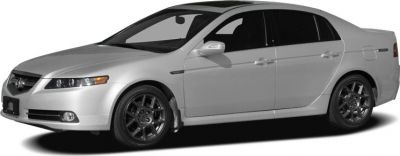
| Production: | 2003-2008 |
|---|---|
| Model Year: | 2004 |
| Length: | 4808-4822 mm189.3-189.8 in |
| Width: | 1835-1916 mm72.2-75.4 in |
| Height: | 1441 mm56.7 in |
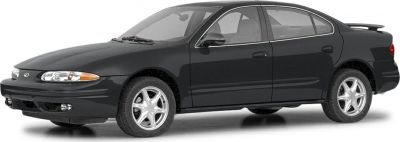
| Production: | 1998-2004 |
|---|---|
| Model Year: | 1999 |
| Length: | 4740 mm186.6 in |
| Width: | 1780 mm70.1 in |
| Height: | 1390 mm54.7 in |
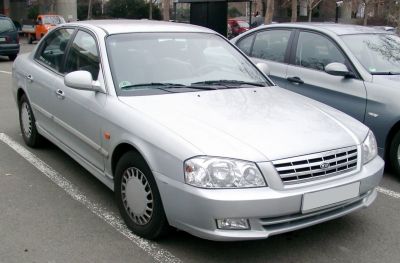
| Production: | 2000-2005 |
|---|---|
| Model Year: | 2000 |
| Length: | 4730 mm186.2 in |
| Width: | 1820 mm71.7 in |
| Height: | 1410 mm55.5 in |
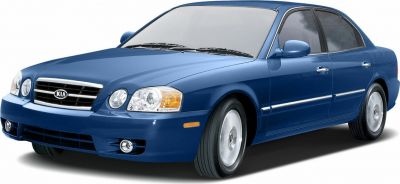
| Production: | 2003-2005 |
|---|---|
| Model Year: | 2003 |
| Length: | 4719-4745 mm185.8-186.8 in |
| Width: | 1815 mm71.5 in |
| Height: | 1410-1420 mm55.5-55.9 in |
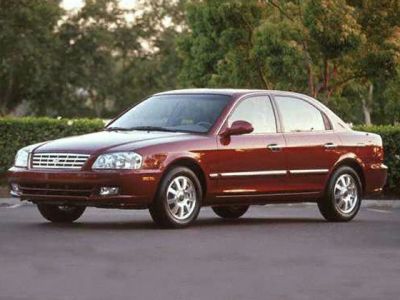
| Production: | 2000-2002 |
|---|---|
| Model Year: | 2000 |
| Length: | 4722-4745 mm185.9-186.8 in |
| Width: | 1815 mm71.5 in |
| Height: | 1410-1420 mm55.5-55.9 in |
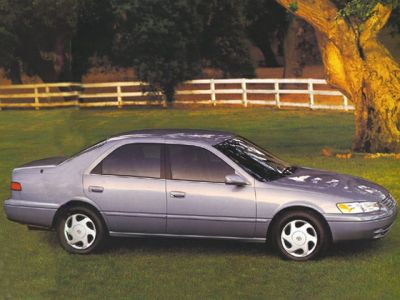
| Production: | 1996-1999 |
|---|---|
| Model Year: | 1996 |
| Length: | 4765 mm187.6 in |
| Width: | 1785 mm70.3 in |
| Height: | 1410-1430 mm55.5-56.3 in |

| Production: | 1989-2000 |
|---|---|
| Model Year: | 1989 |
| Length: | 4765 mm187.6 in |
| Width: | 1799 mm70.8 in |
| Height: | 1411-1418 mm55.6-55.8 in |
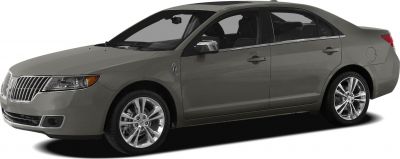
| Production: | 2010-2012 |
|---|---|
| Model Year: | 2010 |
| Length: | 4821 mm189.8 in |
| Width: | 1834 mm72.2 in |
| Height: | 1445 mm56.9 in |
